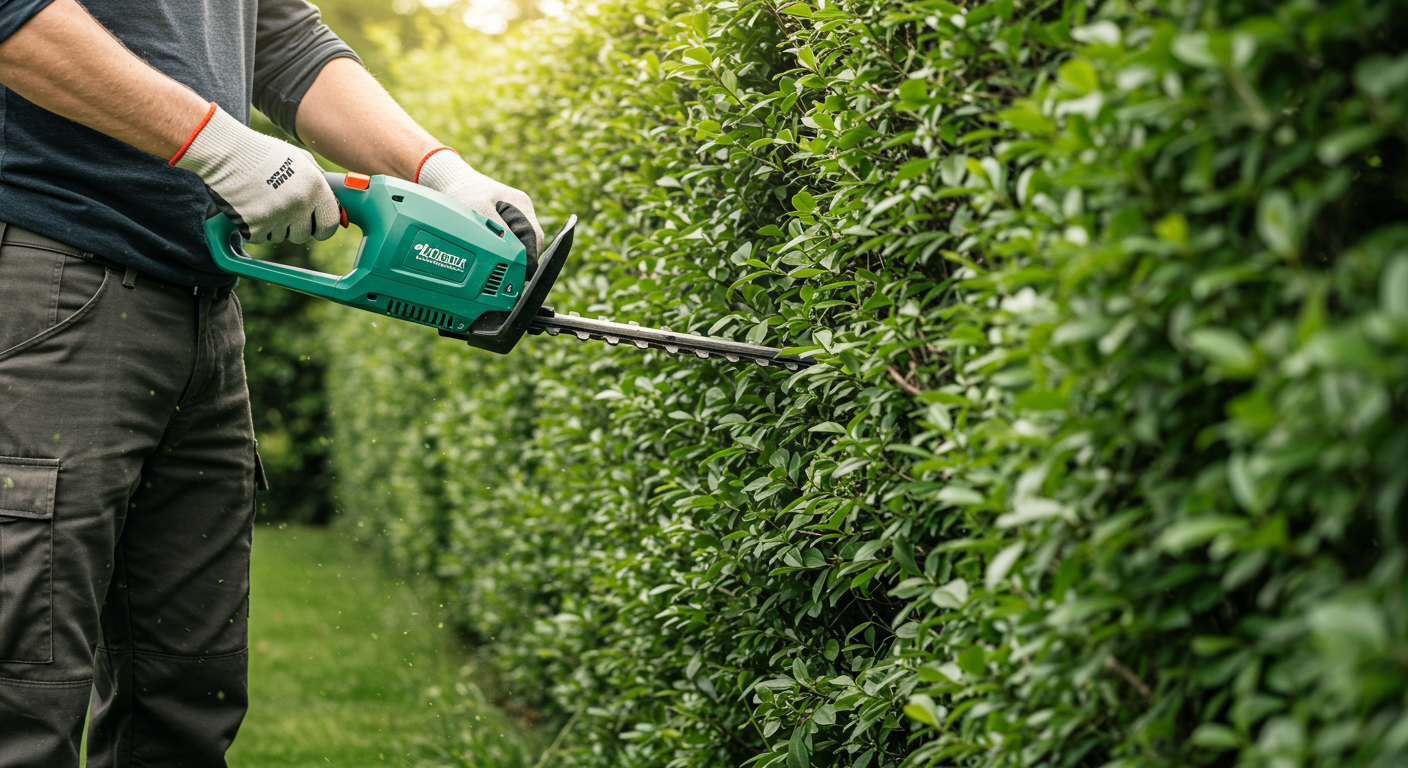
Hedges define the character of a garden. They frame pathways, add privacy, and bring balance to the overall design. But without proper trimming, they quickly become overgrown, scruffy, and even unhealthy. Achieving hedge trimming perfection is not just about aesthetics—it’s also about promoting vigorous, healthy growth. With a little care and the right methods, you can transform a rough hedge into a crisp, structured masterpiece.
When hedges are cut correctly, the difference is immediate and long-lasting. A neat hedge doesn’t just look good; it supports better airflow, allows sunlight to reach all leaves, and prevents disease. Well-maintained hedges also add real value to your home by boosting curb appeal.
Some of the biggest advantages include:
👉 For homeowners who want professional precision, Green to Gorgeous provides expert hedge trimming services.

The key to perfection is having the proper tools. Without them, the work becomes harder, less safe, and often leaves hedges looking uneven.
💡 Pro Tip: Always sharpen your blades before trimming. Sharp blades give clean cuts, while dull ones tear leaves, causing stress and disease.

Timing makes a huge difference in both health and appearance. Trimming too early, too late, or in the wrong weather conditions can harm plants.
Generally:
According to the Royal Horticultural Society (RHS), evergreen hedges do best with trims in late spring or early summer, while deciduous hedges thrive with late winter or early spring pruning.

Here’s where skill comes in. If you want symmetry and balance, start by trimming from the bottom up, which helps you avoid uneven cutting. Keep the hedge slightly wider at the base than at the top so all leaves receive sunlight—this prevents “bare legs,” where the lower hedge thins out.
For straight hedges, use a string line or stakes as a guide. Step back often and check your progress instead of focusing too closely on one section. If you prefer softer, informal hedges, let the plant’s natural form guide you but keep the growth even.
Popular hedge shapes include:
Even experienced gardeners can slip up. A few common errors include:

Consistency is key. Instead of letting hedges grow wild, trim them regularly during the growing season. Always stand back after every few passes to check the shape, and alternate your cutting angles to ensure smoothness. After trimming, deep-water the hedge and add mulch around the base to encourage recovery and retain moisture.
Another tip many overlook is seasonal aftercare. In spring, hedges respond well to a light fertilizer boost. During summer, extra water helps them cope with heat stress. In fall, compost adds nutrients to prepare for winter, while protective coverings like burlap can safeguard tender hedges in freezing climates.
Most hedges need attention every 6–8 weeks in the growing season.
Flat tops and straight sides are beginner-friendly, while rounded tops take more practice.
Yes. Cutting into old wood on certain species can prevent regrowth.
Yes—working with tall or wide hedges is risky without the right equipment. Professionals bring precision and safety.

Perfect hedges don’t happen by accident—they’re the result of consistent care, the right tools, and trimming at the right times. By balancing symmetry with plant health, you can keep your hedges lush, dense, and visually stunning. Whether you prefer sharp, formal lines or natural flowing curves, the key lies in trimming little and often while avoiding common mistakes.
👉 Want flawless hedges without the hassle? Green to Gorgeous specializes in hedge trimming perfection and full landscape care, helping your garden look its absolute best.
Let’s Build
Contact us todayGet daily tips and tricks for making your best home.
2025 Green to Gorgeous